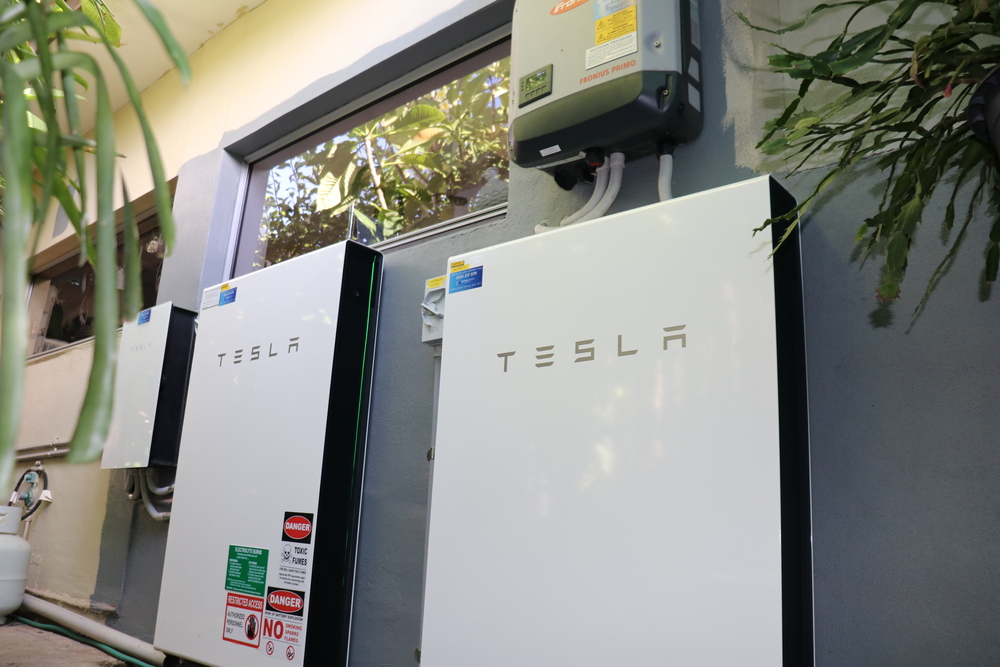What is a Tritium Exit Sign?
Tritium exit sign are self-luminous emergency signs that use tritium, a radioactive isotope of hydrogen, as a light source. Unlike traditional electrically powered exit signs, tritium signs rely on a process known as radioluminescence, in which the tritium gas emits electrons that interact with a phosphorescent coating inside the sign tubes, creating a continuous glow. This self-contained system allows the sign to be visible even in complete darkness, without any external power source or batteries.
How Tritium Exit Signs Work
Tritium is encapsulated in small glass tubes inside the exit sign, combined with phosphor. The beta particles emitted by tritium cause the phosphor to glow, illuminating the exit sign without any need for electricity or wiring. This glowing effect can last for 10 to 20 years, depending on the specific model, after which the sign will need replacement. The longevity of the tritium’s luminescence makes these signs a particularly low-maintenance option in many settings.
Benefits of Tritium Exit Signs
- Energy Efficiency
Tritium exit signs are fully energy-independent and do not require any external power, which can lead to significant energy savings over time. They are ideal for facilities aiming to reduce energy usage and for buildings where electricity access may be inconsistent. - Reliability
Since they do not rely on an external power source or batteries, tritium exit signs are immune to power outages, which makes them highly reliable. They provide a consistent level of brightness throughout their lifespan, ensuring visibility of emergency exits at all times. - Low Maintenance
Tritium signs typically require little to no maintenance, unlike electric signs which need regular battery checks or power backups. This reliability reduces labor costs associated with maintenance, making them particularly appealing for large facilities. - Ease of Installation
Without the need for wiring or power outlets, tritium exit signs can be easily installed in a variety of locations, including areas where wiring may be challenging or unsightly. Their versatility is ideal for hard-to-access or outdoor locations. - Environmental Impact
While tritium is a radioactive material, it is contained in small quantities and securely encapsulated in the sign. The radioactive emission is minimal and contained, posing no health risk to the building’s occupants when handled and disposed of according to regulations.
Safety and Regulations
Tritium exit signs are regulated by the U.S. Nuclear Regulatory Commission (NRC) and are designed to contain the tritium gas safely. Regulations require clear labeling, including a radiation symbol and contact information for emergencies. Proper disposal is important because tritium signs are classified as hazardous material. Licensed waste disposal facilities can safely handle tritium exit signs to prevent any environmental contamination or health risks.
Applications of Tritium Exit Signs
Tritium exit signs are particularly useful in places where continuous visibility of emergency exits is critical and where maintenance may be challenging:
- Commercial Buildings: Office buildings, malls, and retail spaces benefit from the reliability and low maintenance of tritium signs.
- Schools and Hospitals: These facilities require clear exit signage and benefit from the energy savings and ease of use that tritium signs offer.
- Public Transportation: Tritium signs are ideal for subways, airports, and train stations, where power outages can be common and quick, clear evacuation routes are essential.
- Outdoor Locations: Tritium signs are perfect for outdoor emergency exits or parking garages that may not have readily available electricity.
Disadvantages and Considerations
While tritium exit signs offer many benefits, they do have some considerations:
- Higher Initial Cost: Tritium signs can be more expensive initially than traditional LED exit signs, although their lack of electrical dependency and low maintenance needs can offset this over time.
- Limited Lifespan: Typically, tritium exit signs need to be replaced every 10-20 years, whereas LED signs can have a longer lifespan if they are well maintained.
- Disposal Requirements: Disposal of tritium signs must be done carefully due to the radioactive material involved. Proper disposal and recycling options may add to the total cost over the sign’s lifespan.
Conclusion
Tritium exit signs provide a dependable, low-maintenance solution for emergency signage, offering peace of mind that emergency exits are always visible. Their independence from electrical power makes them ideal for buildings where reliability and energy efficiency are priorities. As with any material containing radioactive substances, adherence to proper handling, labeling, and disposal protocols is essential to ensure safety. For many organizations, especially those in areas prone to power outages or with high maintenance costs, tritium exit signs are an optimal, sustainable choice.









